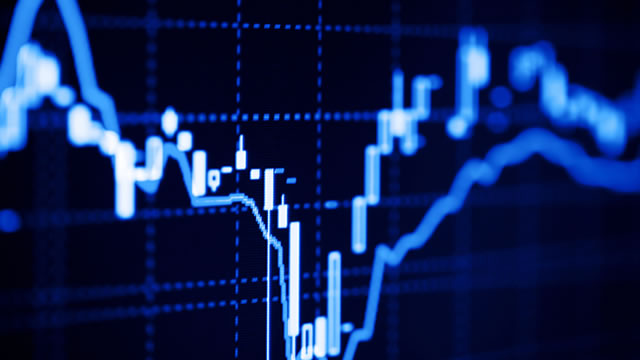The Australian Dollar: Navigating Slight Downward Momentum
The Australian Dollar (AUD) has experienced a slight increase in downward momentum against the US Dollar (USD), according to recent analyses from UOB Group’s FX strategists Quek Ser Leang and Peter Chia. Although the AUD is predicted to edge lower, it is unlikely to reach the support level of 0.5870.
Current Market Conditions
The Australian Dollar’s recent performance can be attributed to several factors. The ongoing global economic uncertainty, coupled with the Reserve Bank of Australia’s (RBA) dovish stance, has weighed heavily on the currency. Additionally, the strong US Dollar, driven by the Federal Reserve’s hawkish monetary policy, has further pressured the AUD.
Oversold Conditions
Despite these bearish factors, Quek Ser Leang and Peter Chia note that the AUD is deeply oversold, which could limit its potential declines in the short term. However, they also warn that further declines in the longer run are not entirely ruled out.
Impact on Individual Investors
For individual investors holding Australian Dollars, this news may bring uncertainty. If you are planning to make international transactions or hold assets denominated in AUD, keeping an eye on the exchange rate and potential fluctuations is essential. It may be wise to consider hedging strategies or diversifying your portfolio to mitigate potential risks.
- Monitor exchange rates closely
- Consider hedging strategies
- Diversify your portfolio
Global Economic Implications
Beyond individual investors, the AUD’s performance has broader implications for the global economy. Australia is a significant exporter of commodities, including coal, iron ore, and natural gas. A weaker AUD could make these exports more competitive on the global market, potentially leading to increased demand and economic growth.
Concluding Remarks
In summary, the Australian Dollar’s recent downward momentum against the US Dollar is likely to continue, but a further decline to 0.5870 is uncertain due to deeply oversold conditions. Individual investors should closely monitor exchange rates and consider hedging strategies or portfolio diversification. On a global scale, a weaker AUD could result in increased demand for Australian exports and potential economic growth.
As always, it is crucial to stay informed about market conditions and consult with financial advisors before making any significant investment decisions.





